- Home | Industry Update | South India's Cotton Yarn Market Sees Fluctuating Trends Ami...
South India's Cotton Yarn Market Sees Fluctuating Trends Amid Shifting Demand

The cotton yarn market in South India is experiencing a fluctuating trajectory as demand dynamics vary across key trading hubs. This volatility reflects the complex interplay of factors including regional demand variations, pricing strategies by mills, and the broader supply outlook in the cotton sector.
In Tiruppur, often regarded as the textile hub of Tamil Nadu, cotton yarn prices registered a modest decline. Market insiders attribute this downward trend to mills offering higher discounts in an effort to stimulate sluggish demand. Despite these incentives, buyers have remained cautious, reflecting uncertainty in downstream demand from garment manufacturers.
Meanwhile, Mumbai, another major trading center, has exhibited price stability for cotton yarn. Unlike Tiruppur, demand in Mumbai has been relatively steady, preventing any significant fluctuation in prices. Traders suggest that Mumbai’s resilience is driven by consistent orders from domestic and export-oriented industries, which have maintained a steady pace despite broader market uncertainties.
On the raw cotton front, the Cotton Corporation of India (CCI) has played a pivotal role in stabilizing prices through its procurement efforts. By intervening at critical moments, the CCI has ensured that cotton prices do not spiral downward despite weak demand in some regions. However, market experts are cautioning stakeholders about a potential supply crunch looming on the horizon. With procurement largely concentrated during the peak season, concerns are mounting about the availability of quality cotton post-February.
The state of cotton prices in Gujarat, one of India’s largest cotton-producing regions, has mirrored the bearish sentiments seen in the global cotton market. A combination of weak demand and downward trends in international prices has exerted pressure on Gujarat’s cotton prices. The absence of strong demand signals from domestic spinners and exporters has further compounded the issue, leading to a notable dip in prices in recent weeks.
Industry analysts believe that the cotton yarn market’s mixed trends reflect not just regional variations but also the challenges posed by global economic uncertainties and evolving consumer behavior. The anticipated supply crunch post-February is expected to test the resilience of the textile value chain, with mills, traders, and garment manufacturers likely to face increased pressure.
For stakeholders, the current scenario demands a cautious approach. As mills in regions like Tiruppur resort to aggressive discounting, maintaining profitability remains a challenge. On the other hand, hubs like Mumbai demonstrate the value of steady demand in ensuring price stability. The cotton market’s fate in the coming months will depend on a mix of factors, including government interventions, export demand, and the ability of the industry to adapt to supply chain disruptions.
10:14 AM, Jan 02
Other Related Topics

Rieter Issues Market Update on Completion of Barmag Acquisition
10:33 AM, Dec 20

Indian Textile Exports Weave Strong Momentum with November Surge
11:24 AM, Dec 18Industry Update

Carrington Textiles Introduces Defence Stock Range for Faster Access to Military Fabrics...view more




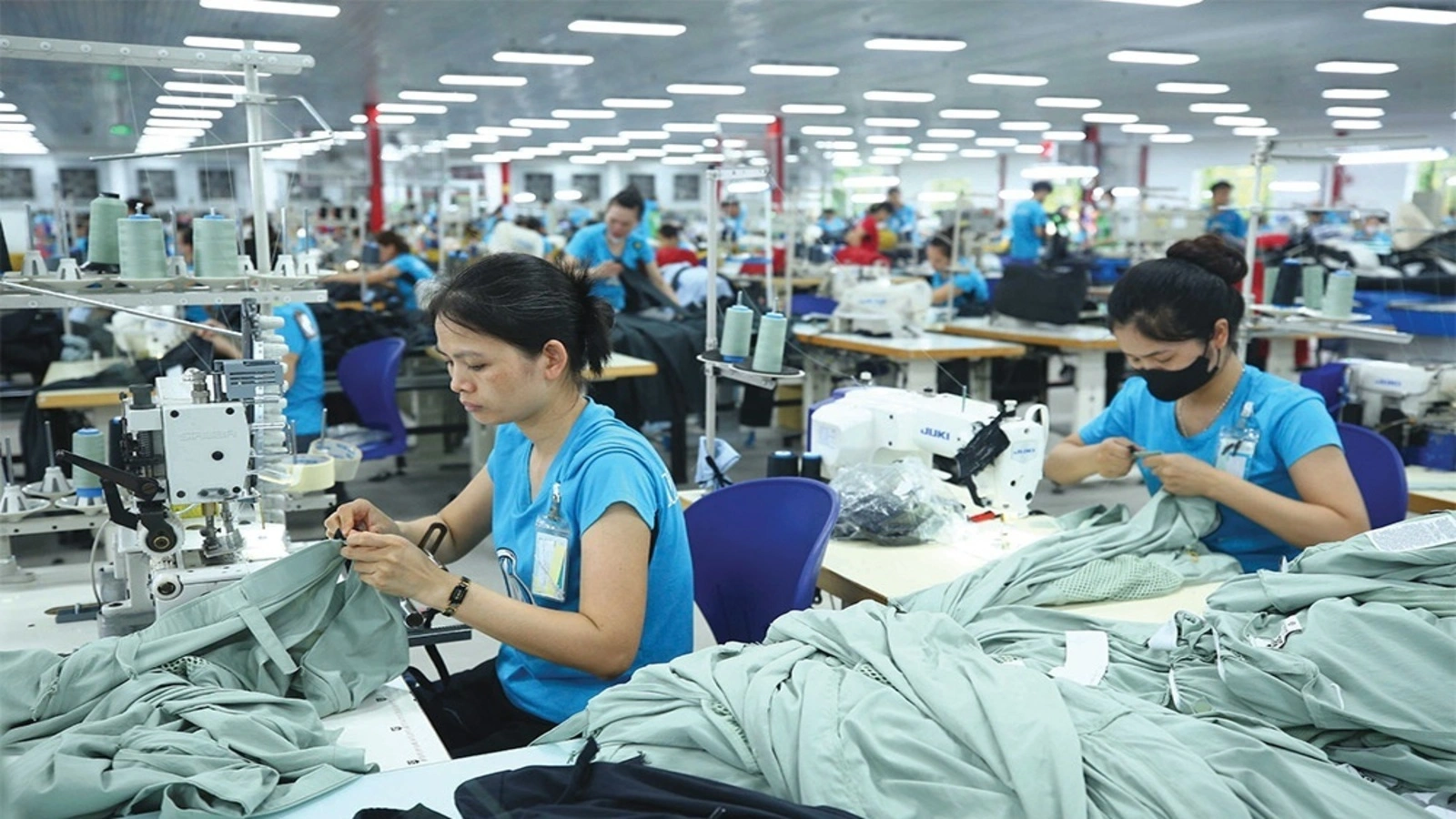



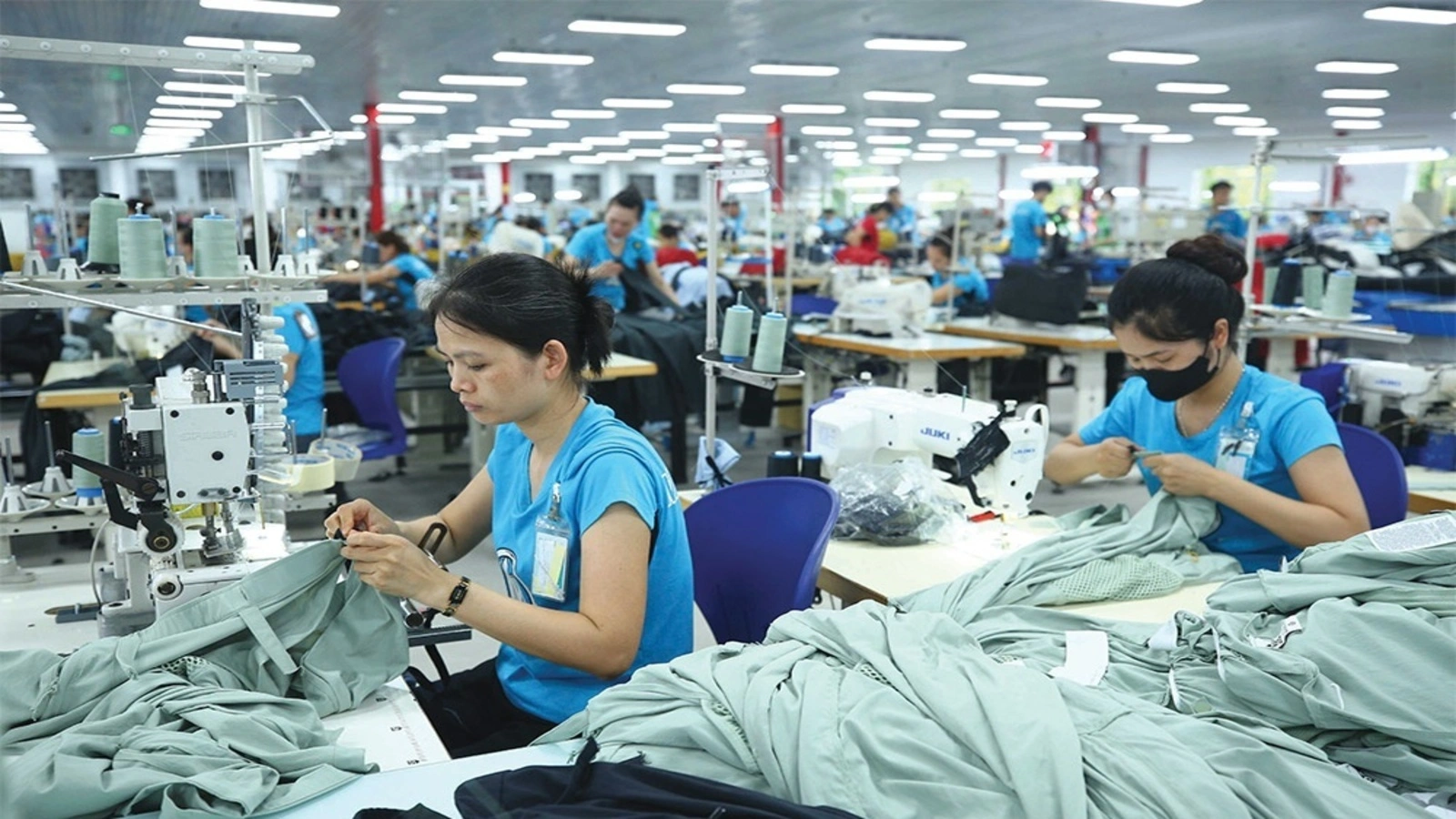



1.webp)






1.webp)

1.webp)
1.webp)

1.webp)

1.webp)

.webp)

1.webp)

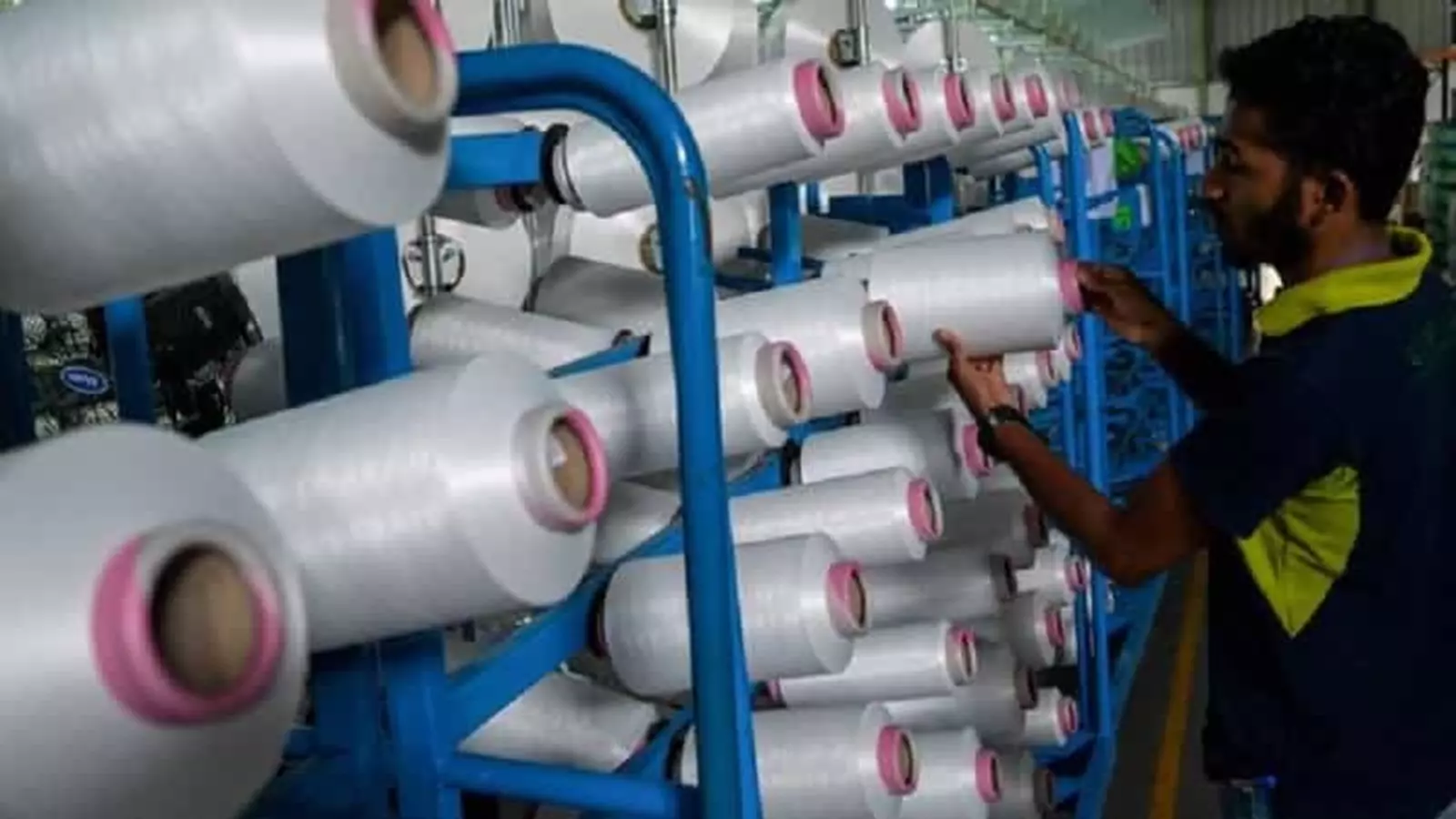

1.webp)








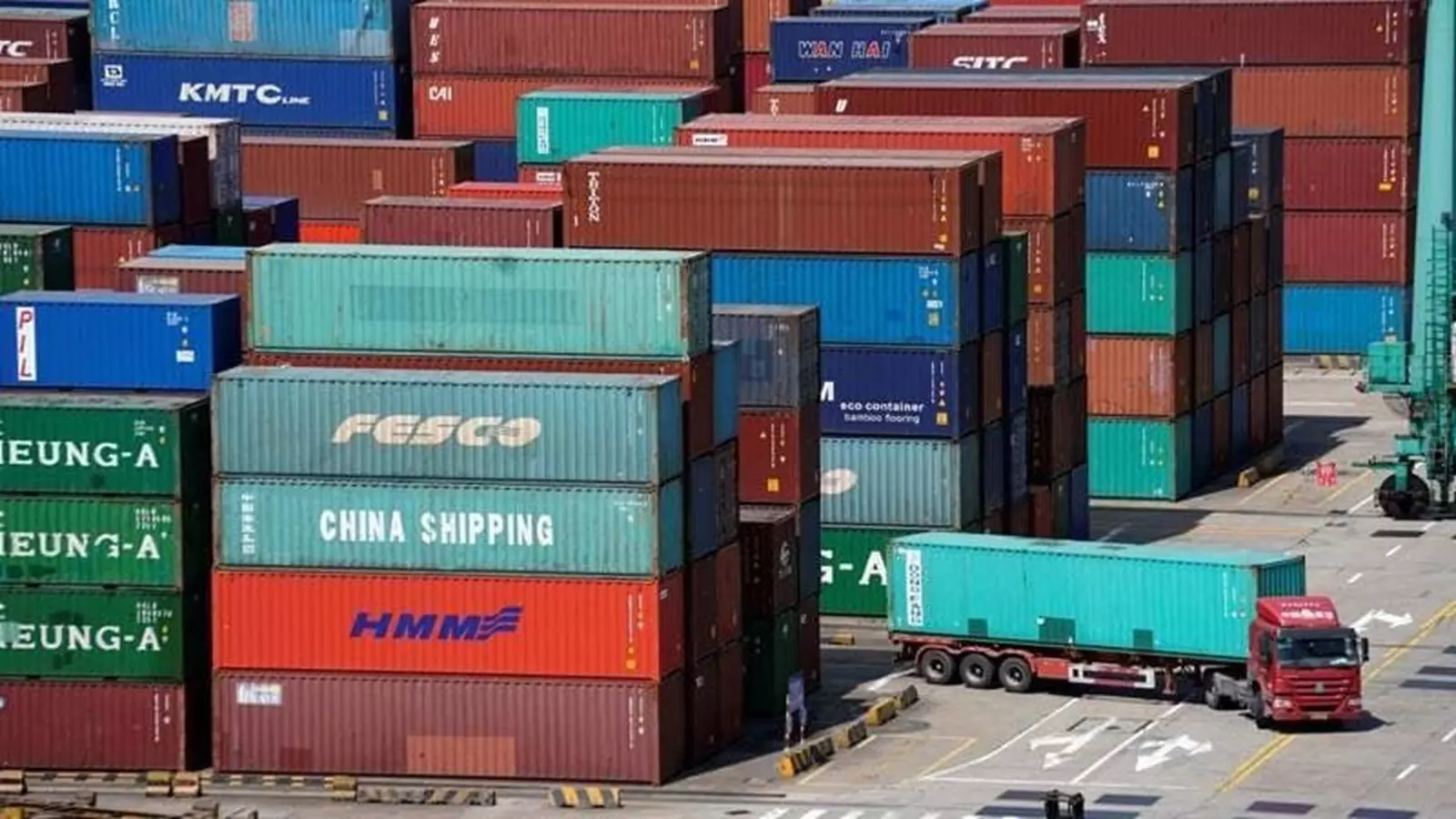




1.webp)








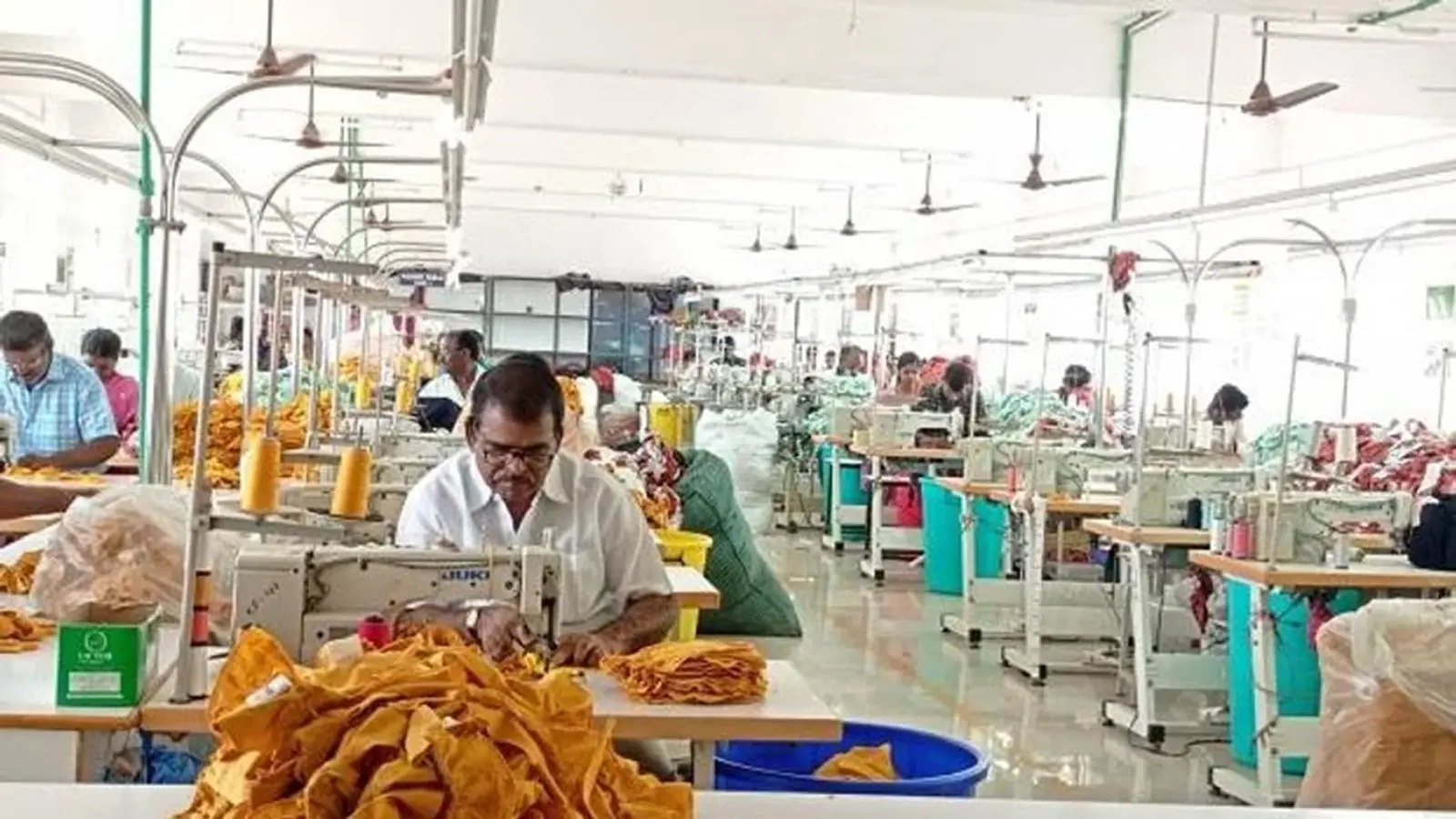



1.webp)


1.webp)

























1.webp)






















1.webp)





1.webp)
1.webp)














1.jpg)






















1.jpg)




























_large1.jpeg)

























































.png)










.jpg)
.jpg)
.jpg)










1.jpeg)